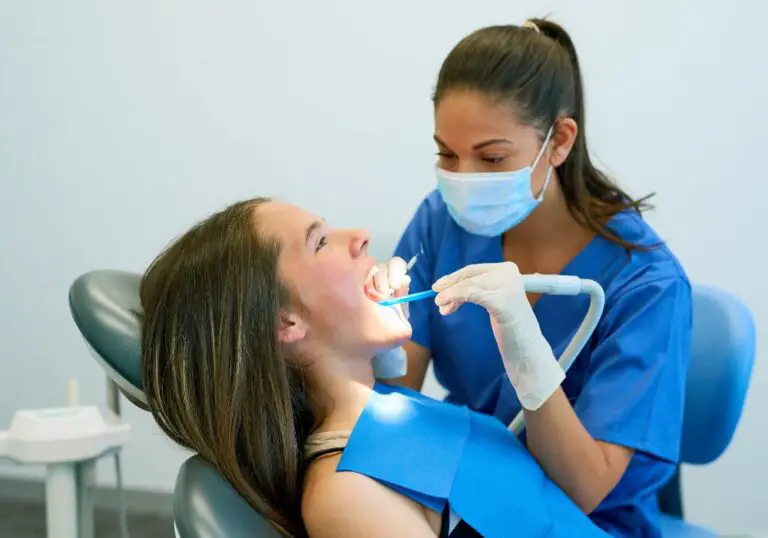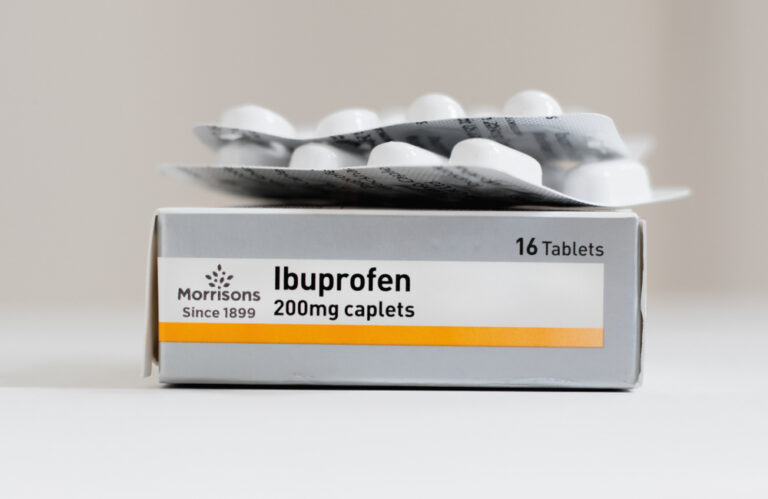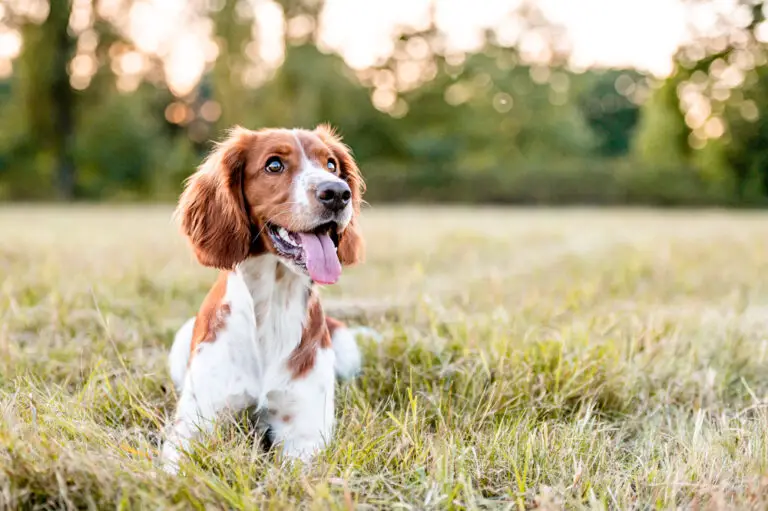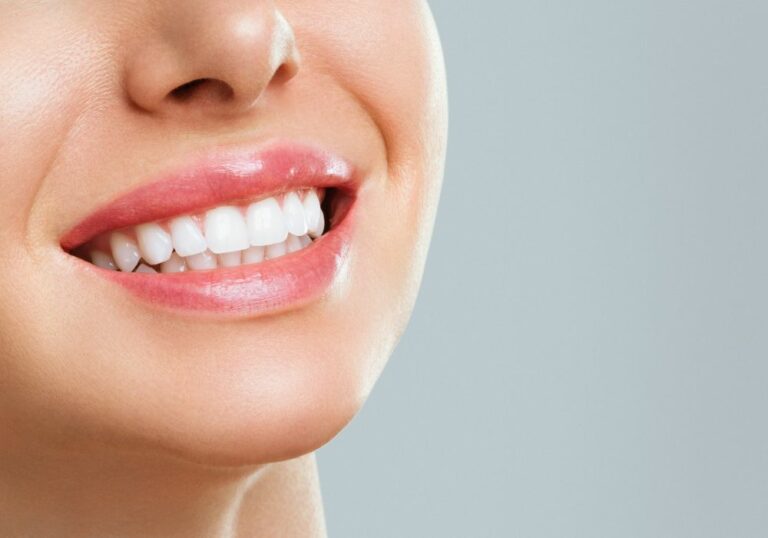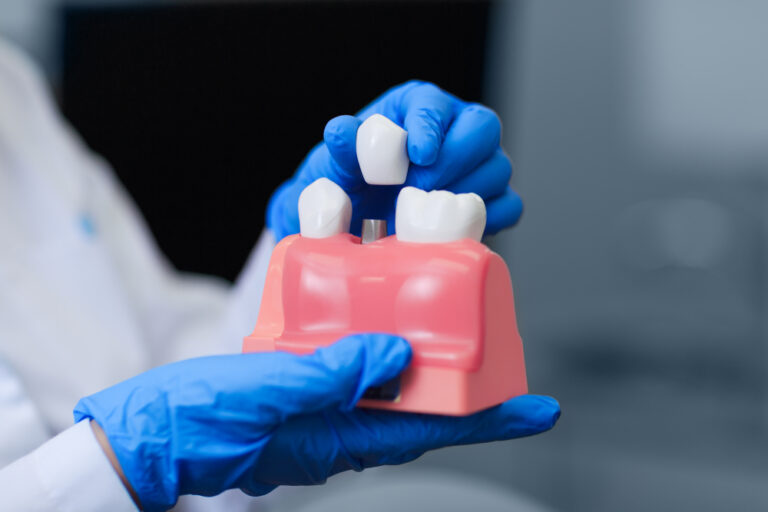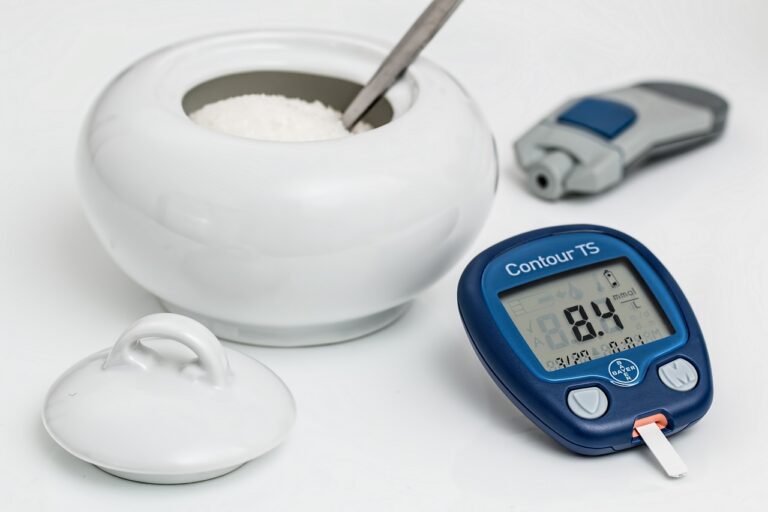Brushing your small dog’s teeth is an essential part of their dental hygiene routine. However, it can be challenging to know how to brush their teeth correctly, especially if you’ve never done it before. Fortunately, with the right tools and techniques, you can make the process easier and more effective.
One of the first things you’ll need is a dog toothbrush. There are many different types available, but it’s essential to choose one that is specifically designed for small dogs. These toothbrushes usually have small heads and soft bristles that are gentle on your dog’s teeth and gums. You may also want to consider using a flavored toothpaste to make the experience more enjoyable for your dog. Just make sure to use a toothpaste that is specifically designed for dogs, as human toothpaste can be harmful to them.
Another option for cleaning your dog’s teeth is dental chews. These treats are designed to help remove plaque and tartar buildup while also freshening your dog’s breath. Some dental chews are also formulated to help promote healthy gums and teeth. However, it’s important to remember that dental chews should not be used as a substitute for brushing your dog’s teeth. They can be a helpful addition to your dog’s dental routine, but they should not be the only method you use to clean their teeth.
Understanding the Importance of Brushing Your Small Dog’s Teeth
As a small dog owner, you know that your furry friend is more than just a pet – they’re a member of your family. And just like any other family member, your dog’s health is important. One aspect of your dog’s health that is often overlooked is their dental health. But did you know that dental disease is one of the most common health problems in dogs? In fact, according to the American Veterinary Dental Society, by the age of three, most dogs will have some form of dental disease.
Brushing your small dog’s teeth is an essential part of their dental care routine. It may seem like a daunting task, but it doesn’t have to be. With a little patience and the right technique, you can help keep your dog’s teeth and gums healthy. Here are some reasons why brushing your small dog’s teeth is so important:
Prevents Dental Disease
Dental disease in dogs can lead to a variety of health problems, including bad breath, tooth loss, and even organ damage. By regularly brushing your small dog’s teeth, you can help prevent the buildup of plaque and tartar, which are the primary causes of dental disease.
Saves Money
Preventing dental disease through regular brushing can save you money in the long run. Dental procedures for dogs can be expensive, and if left untreated, dental disease can lead to other health problems that require even more costly treatments.
Improves Overall Health
Dental disease in dogs can lead to infections that can spread to other parts of the body, including the heart, liver, and kidneys. By keeping your small dog’s teeth and gums healthy, you can help prevent these infections and improve their overall health.
In summary, brushing your small dog’s teeth is an important part of their dental care routine. It can help prevent dental disease, save you money, and improve your dog’s overall health. So, grab a toothbrush and some dog-friendly toothpaste, and start brushing!
Choosing the Right Tools
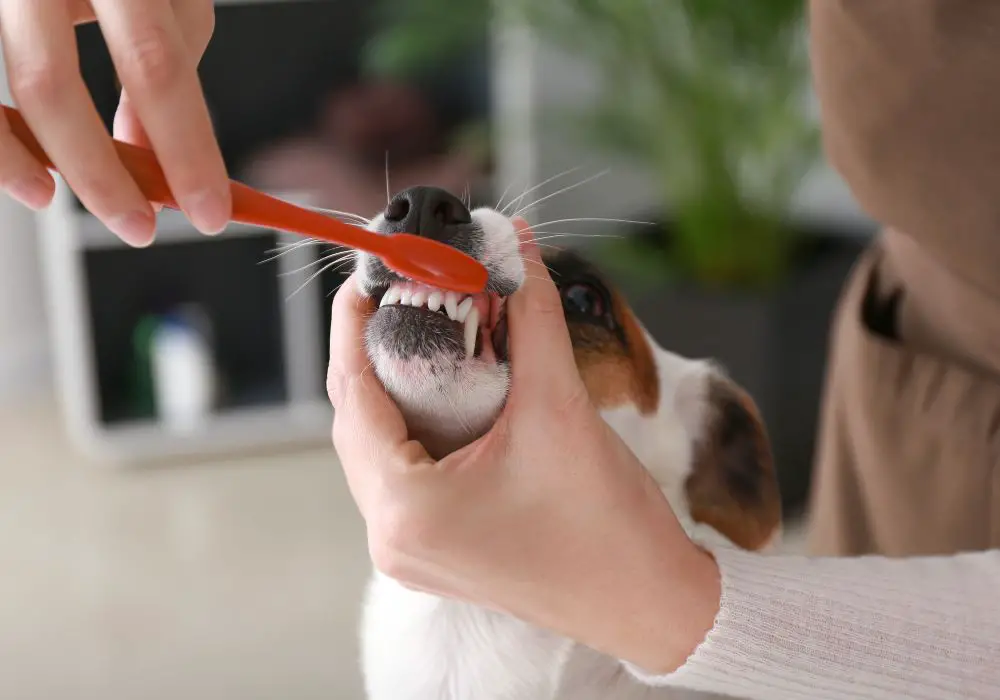
Taking care of your small dog’s dental health is essential to their overall well-being. Brushing your dog’s teeth regularly can prevent dental diseases and keep their breath fresh. To get started, you’ll need to choose the right tools for the job.
Selecting a Dog Toothbrush
When it comes to selecting a toothbrush for your small dog, you have several options to choose from. Here are some things to consider:
- Size: Choose a toothbrush that is specifically designed for small dogs. A toothbrush that is too large can be uncomfortable for your dog and make brushing difficult.
- Bristles: Look for a toothbrush with soft bristles to avoid irritating your dog’s gums. You can also find toothbrushes with double-sided bristles that clean both sides of the teeth at once.
- Shape: Some toothbrushes have a curved shape that makes it easier to reach all areas of your dog’s mouth.
Picking a Dog Toothpaste
Just like with toothbrushes, there are many types of dog toothpaste available. Here are some factors to consider:
- Flavor: Choose a toothpaste with a flavor that your dog enjoys. This will make brushing more enjoyable for your dog and encourage them to cooperate.
- Ingredients: Look for toothpaste that contains ingredients that promote dental health, such as enzymes that break down plaque and tartar.
- Safety: Make sure the toothpaste you choose is safe for dogs to ingest. Avoid toothpaste that contains xylitol, which is toxic to dogs.
By selecting the right toothbrush and toothpaste, you can make brushing your small dog’s teeth a positive experience for both of you. Remember to brush your dog’s teeth regularly and consult with your veterinarian if you have any concerns about their dental health.
Preparing Your Dog
Brushing your dog’s teeth can be a daunting task, but with some preparation, it can become a simple and enjoyable routine for both you and your furry friend. Here are some steps to follow before you start brushing your small dog’s teeth:
1. Introduce your dog to the toothbrush
Before you start brushing, let your dog sniff and inspect the toothbrush. This will help them get used to the new object and make the brushing process less stressful. You can also consider giving your dog a treat or praise to create a positive association with the toothbrush.
2. Choose the right toothpaste
Never use human toothpaste on your dog, as it can be harmful to them. Instead, choose a toothpaste specifically designed for dogs. These toothpastes come in different flavors that your dog may enjoy, such as chicken or beef.
3. Pick a calm and quiet environment
Choose a quiet and comfortable place to brush your dog’s teeth. This will help your dog feel relaxed and more cooperative during the process. You can also consider playing some calming music to create a soothing atmosphere.
4. Get in the right position
Position yourself and your dog in a comfortable and secure way. You can sit on the floor with your dog in your lap, or place your dog on a table. Make sure your dog is calm and restrained, and avoid forcing them into a position they don’t like.
By following these simple steps, you can prepare your dog for a successful teeth brushing session. Remember to always be patient and gentle with your dog, and to make the experience as positive and enjoyable as possible.
Step-By-Step Guide to Brushing

Brushing your small dog’s teeth at home can seem daunting at first, but with a little patience and practice, it can become a simple and enjoyable routine for you and your furry friend. Follow these step-by-step instructions to get started.
Getting Your Dog Comfortable
Before you begin brushing, it’s important to get your dog comfortable with the process. Start by introducing them to the toothbrush and toothpaste. Let them sniff and lick the toothpaste, and praise them for showing interest. Once they are comfortable with the toothbrush and toothpaste, move on to the next step.
Applying the Toothpaste
Squeeze a small amount of toothpaste onto the toothbrush and hold it up to your dog’s mouth. Let them sniff and taste the toothpaste before starting to brush. This will help them get used to the taste and texture of the toothpaste.
Brushing Technique
Hold the toothbrush at a 45-degree angle to your dog’s teeth, and use gentle circular motions to brush the teeth and gums. Start with the front teeth and work your way back. Be sure to brush both the inside and outside surfaces of the teeth. Pay special attention to the back teeth, as these are often the most neglected.
Rewarding Your Dog
Once you’ve finished brushing, reward your dog with praise and a treat. This will help them associate toothbrushing with positive experiences and make it easier for you to brush their teeth in the future.
Remember, it’s important to brush your dog’s teeth regularly to maintain their dental health. With a little patience and practice, you can make toothbrushing a simple and enjoyable part of your daily routine.
Maintaining a Regular Brushing Schedule
Brushing your small dog’s teeth regularly is crucial for maintaining good oral hygiene and preventing dental problems. However, it can be challenging to establish a regular brushing schedule, especially if your dog is not used to it. Here are some tips to help you maintain a regular brushing schedule:
- Set a Routine: Establish a routine for brushing your dog’s teeth. Ideally, you should brush your dog’s teeth daily, but if that’s not possible, aim for at least three times a week. Choose a time of day that works best for you and your dog, and stick to it.
- Use Positive Reinforcement: Use positive reinforcement to make brushing a positive experience for your dog. Reward your dog with treats or praise after each brushing session. This will help your dog associate brushing with something positive and make them more willing to cooperate.
- Start Slow: If your dog is not used to brushing, start slow. Begin by rubbing your finger or a soft cloth over your dog’s teeth and gums. Once your dog is comfortable with this, gradually introduce a toothbrush and toothpaste.
- Choose the Right Toothbrush and Toothpaste: Use a toothbrush and toothpaste specifically designed for dogs. Never use human toothpaste, as it can be harmful to your dog. Choose a toothbrush with soft bristles and a toothpaste with a flavor your dog enjoys.
- Be Patient: It may take some time for your dog to get used to brushing. Be patient and persistent, and eventually, your dog will become more comfortable with the process.
By following these tips, you can establish a regular brushing schedule and help keep your small dog’s teeth healthy and clean.
When to Consult a Vet
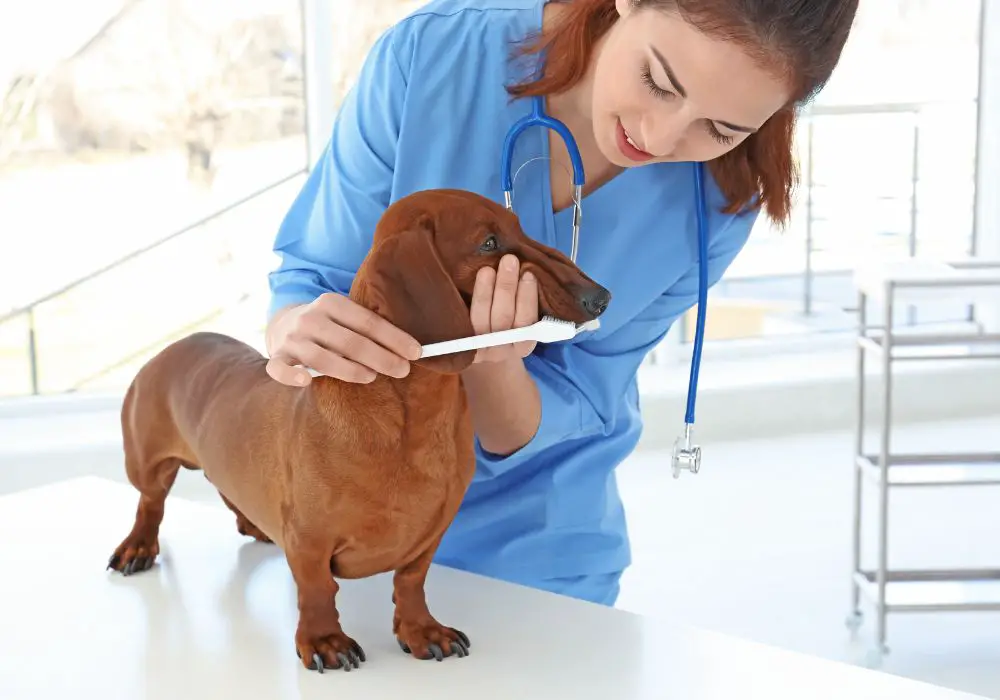
Brushing your small dog’s teeth at home is an important part of their overall dental health. However, there are times when it is necessary to consult a vet. Here are some situations when you should seek veterinary care:
- Bleeding gums: If you notice that your dog’s gums are bleeding during brushing, it could be a sign of gum disease or another underlying issue. Consult your vet for an evaluation.
- Broken teeth: If you notice that your dog has a broken or chipped tooth, it is important to have it evaluated by a veterinarian. Broken teeth can be painful and can lead to infection.
- Bad breath: If your dog has bad breath, it could be a sign of dental disease or another underlying issue. Consult your vet for an evaluation.
- Difficulty eating or chewing: If your dog is having difficulty eating or chewing, it could be a sign of dental disease or another underlying issue. Consult your vet for an evaluation.
- Changes in behavior: If your dog suddenly becomes aggressive or avoids having their teeth brushed, it could be a sign of dental pain or discomfort. Consult your vet for an evaluation.
In general, it is a good idea to have your small dog’s teeth checked by a veterinarian at least once a year. Regular dental cleanings can help prevent dental disease and keep your dog’s teeth healthy.
Frequently Asked Questions
Can I brush my dog’s teeth with coconut oil?
Yes, you can use coconut oil to brush your dog’s teeth. Coconut oil contains lauric acid, which has antibacterial and anti-inflammatory properties that can help improve your dog’s oral health. However, it’s important to note that coconut oil alone is not a substitute for proper dental care, and regular brushing with toothpaste is still recommended.
How often should I brush my dog’s teeth?
You should aim to brush your dog’s teeth at least three times a week. However, daily brushing is ideal for maintaining good oral hygiene and preventing dental problems such as tartar buildup, gum disease, and bad breath.
What can I use to brush my dog’s teeth if I don’t have toothpaste?
If you don’t have dog toothpaste, you can use a mixture of baking soda and water or a small amount of salt mixed with water as a substitute. However, it’s important to note that these alternatives are not as effective as dog toothpaste and may not provide the same level of protection against dental problems.
How do I brush a puppy’s teeth for the first time?
When brushing a puppy’s teeth for the first time, it’s important to introduce them to the toothbrush and toothpaste gradually. Start by letting your puppy sniff and taste the toothpaste, then gently rub the toothbrush on their teeth and gums. Be patient and take your time, and reward your puppy with praise and treats to make the experience positive.
Can I brush my dog’s teeth with a human toothbrush?
While it’s possible to use a human toothbrush to brush your dog’s teeth, it’s not recommended. Human toothbrushes are designed for human teeth and may be too harsh or uncomfortable for your dog’s sensitive gums. It’s best to use a toothbrush specifically designed for dogs.
What is the best dog toothpaste to use for brushing?
The best dog toothpaste is one that is specifically formulated for dogs and has been approved by the Veterinary Oral Health Council (VOHC). Look for toothpaste that contains enzymes or other ingredients that help break down plaque and tartar, and avoid toothpaste that contains xylitol, which can be toxic to dogs.

